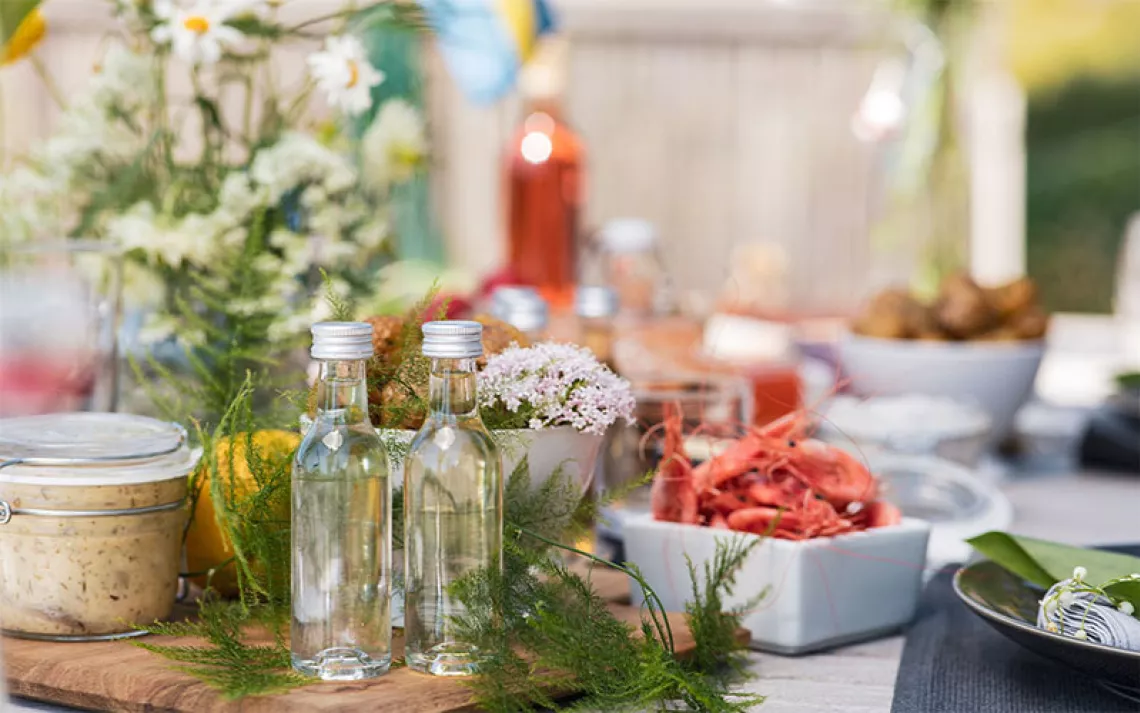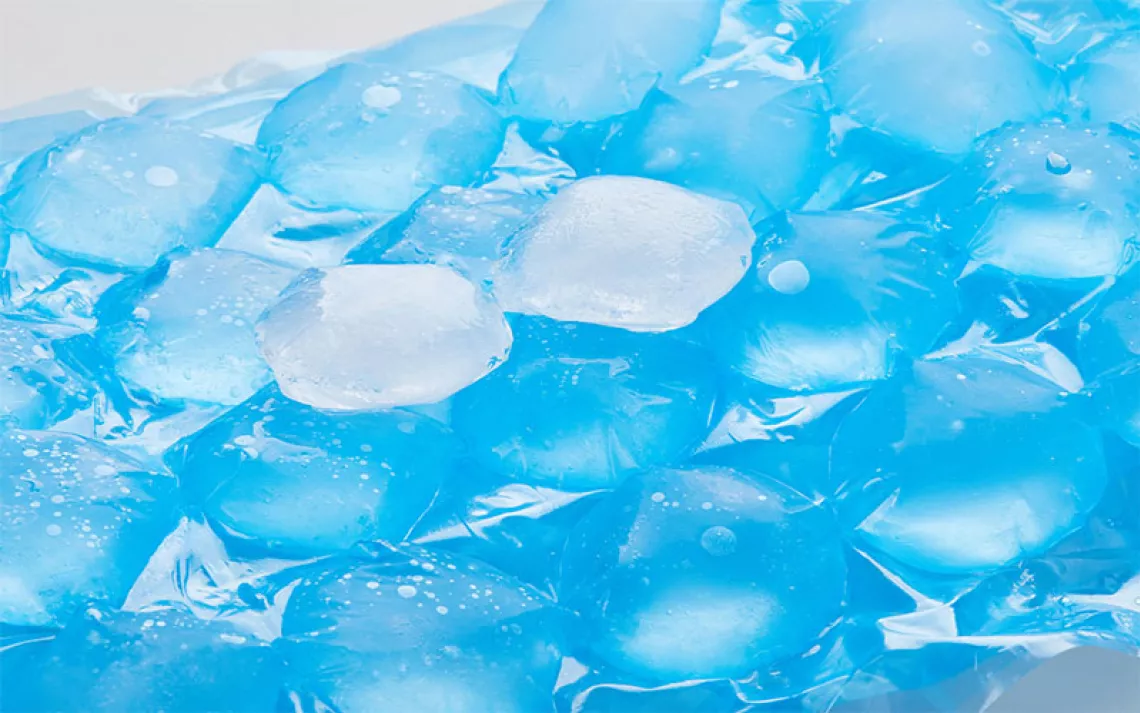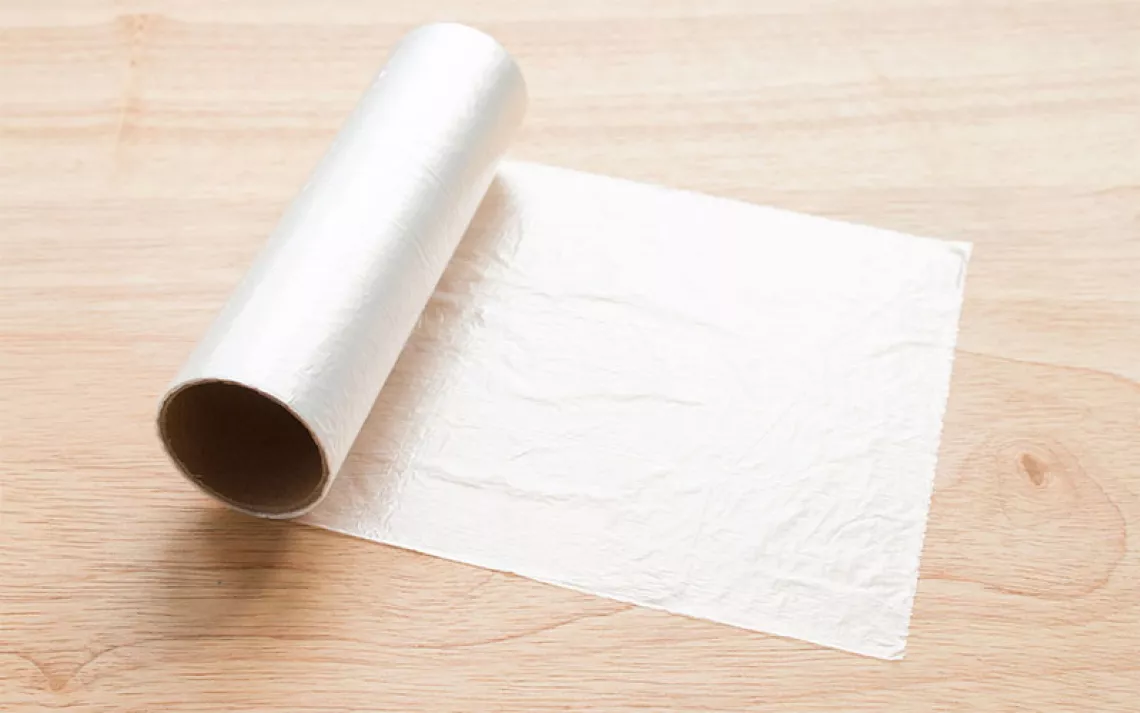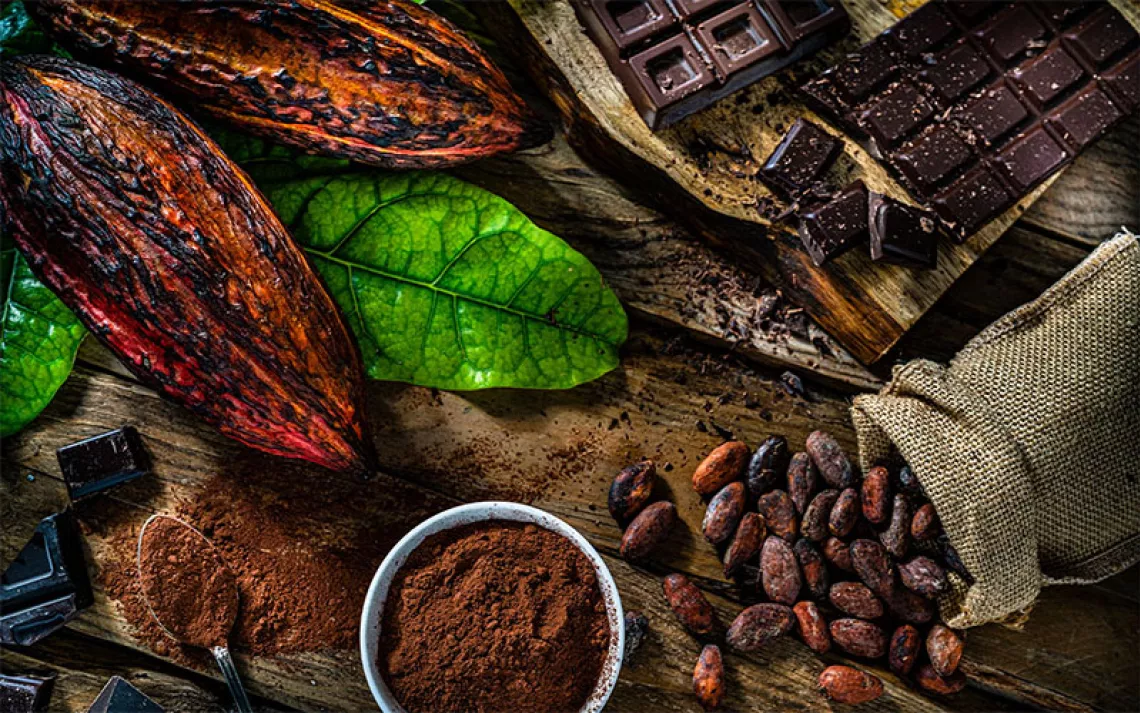What Are the Least Toxic and Greenest Carpets and Rugs?
Get floored by these ethically made, tree-free, and sheep-free options
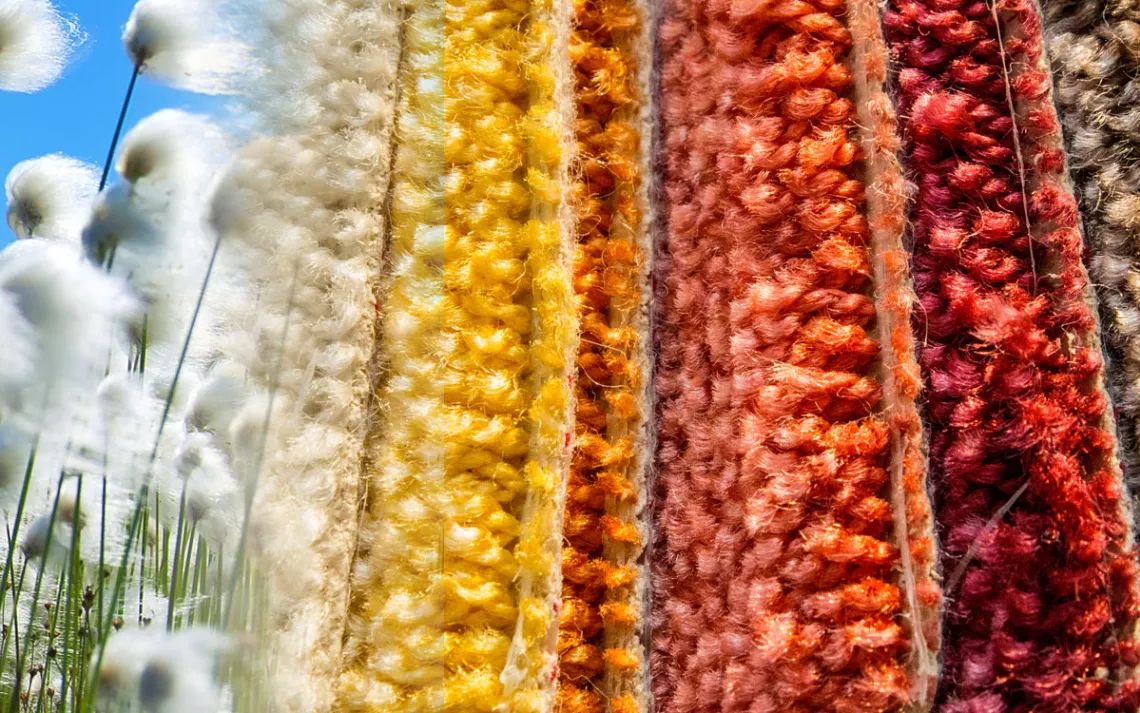
Composite Illustration | Photos by Ikan Leonid and Alexey Krukovsky/iStock
Hey, Ms. Green,
What are the least toxic, greenest, and most ethical carpets and rugs?
-A. Hoholik, Schutesbury, Massachusetts
There aren’t a lot of great options for truly nontoxic, green carpets and rugs. Many are treated with potentially toxic antimicrobial chemicals, flame retardants, per- and poly-fluoroalkyl substances (PFAS), polyvinyl chloride (PVC), and more. PFAS make carpets and rugs more stain-resistant. They also make them more toxic to your health.
Even some carpets labeled as “nontoxic” aren’t all they are made out to be. For example, semi-synthetic textiles like viscose (sometimes called banana or bamboo silk, rayon, Lyocell, ramie, or labeled “made from trees”) might still be made with and possibly treated with chemicals. Plus, regular foot traffic and vacuuming can make viscose rugs look like they were clawed by a cat. I try to also avoid synthetic products, even recycled ones, because I don’t want to breathe in toxic microplastics. Wool products aren’t great either if you care about animal welfare—undercover videos show companies try to save time by shearing the sheep too rapidly for their fur, which gives the animals deep cuts.
Can rugs be recycled? I spent a lot of time trying to answer that one too and could not find any company that does it. That’s why if it were me, I’d go for reclaimed or salvaged wood, marmoleum, or tile instead of carpet or rugs.
If you’re not floored by those suggestions, here’s another to get you grounded: sustainable rugs by OrganicWeave and Under the Nile. Both use 100 percent GOTS-certified dyes and organic cotton and are certified fair trade. “OrganicWeave uses plastic-free thread,” Linda Alexanian, founder of OrganicWeave, told me. “And our cotton rugs are best for stain-free areas like bedrooms.” If you need custom rugs or wall-to-wall carpet, try undyed seagrass options sold by DMI. Less-toxic adhesives for wall-to-wall carpet include ones from Green Building Supply, such as Stixx Universal Carpet Seam Tape by Traxx or 3-in-1 Adhesive by AFM Safecoat. If you need rug pads, the greenest one I could find is EarthWeave Natural Latex Rubber Rug Grippers. (I contacted three allegedly natural or fiber-reactive dyed, fair trade rug companies. None of them answered my questions.)
When looking for safer carpet or rugs, seek out those made with 100 percent sisal, seagrass, jute, or hemp without PVC leather-like borders. The next greenest thing would be to get ones made of GOTS-certified 100 percent organic cotton for the whole product, not just cotton dyed with potentially toxic non-GOTS certified dyes. Also, make sure all natural fibers are completely untreated (such as for stain resistance) and ideally are not dyed or are plant-dyed. If the carpet or rug has backing attached, make sure it’s natural latex rubber or jute. And ask for all the ingredients the manufacturer uses to glue the backing. For example, even glue claiming to have zero volatile organic compounds (VOCs) can still have unregulated ingredients called hazardous air pollutants (HAPs). At minimum, avoid HAPs.
While you’re at it, check to see if the product was made with certified fairer labor. “Some fair labor certifications don’t do site visits to verify compliance. Care & Fair, GoodWeave, and LabelStep certifications do,” Alexanian told me. She started GoodWeave in response to what is still an industry trend of employing kids to make rugs.
Ask me about safer and greener carpet recyclers, commercial and residential carpet tiles and resilient flooring, and bath, yoga, and front door mats. There’s lots of stuff manufacturers and recycling companies can sweep under the rug!
 The Magazine of The Sierra Club
The Magazine of The Sierra Club
